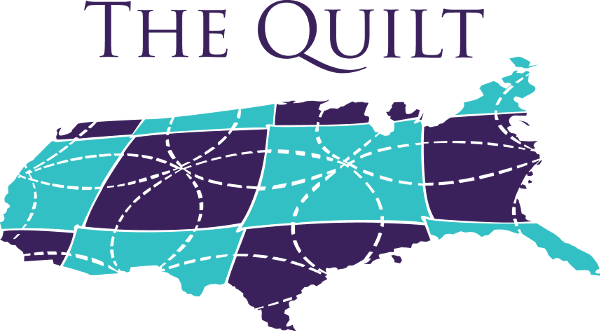Consumer sourcing and leveraging R&E networks to become Collaborative Networked Organizations, or CNOs, to manage the collection of broadband availability data could improve the quality and accuracy of the information, according to comments submitted to the NTIA this summer.
NTIA, on behalf of the U.S. Department of Commerce, requested comments on actions to improve broadband availability data, particularly in rural areas, as part of the national activities directed by the Consolidated Appropriations Act of 2018. Comments were due on July 16, 2018.
In total, 52 individuals and organizations submitted official comments this summer. The Quilt had the pleasure to work our member Merit, Michigan’s R&E network, and the Quello Center at Michigan State University, to craft a joint comment on how to enhance indicators of broadband access.
Much of America has enjoyed the benefits of broadband for years, but there are still areas of the country that don’t have the level of connectivity needed to keep up with modern society. According to the FCC, more than 30 percent of rural Americans currently live in areas that lack availability of broadband, which since early 2015 has been defined by the FCC as 25 Mbps down, 3 Mbps up.
Through this request, the NTIA seeks input from a broad range of stakeholders on ways to improve the nation’s ability to analyze broadband availability, with the intention of identifying gaps in broadband availability that can be used to improve policymaking and inform public investments.
In May, David J. Redl, Assistant Secretary for Communications and Information and NTIA Administrator, said the NTIA knows these gaps exist, but what isn’t known is precisely which areas of the country have insufficient broadband capacity. Added Redl, “that makes it difficult to ensure that public investments in infrastructure are efficient and effective.”
According to Bill Dutton, Director of the Quello Center, the comments provided on behalf of Merit and Quello offer an innovative approach to consumer sourcing of broadband availability data that builds off the FCC’s initiatives with crowd sourcing. It also leverages the strategic advantages of Merit, and the possibility of extending to other R&E networks that are members and affiliates of The Quilt.
“If successful, this approach has the potential to be scaled nationally,” Dutton explained in his blog. “The comment provides an overview of current approaches, the potential of consumer-sourced data, and an outline of their approach.”
